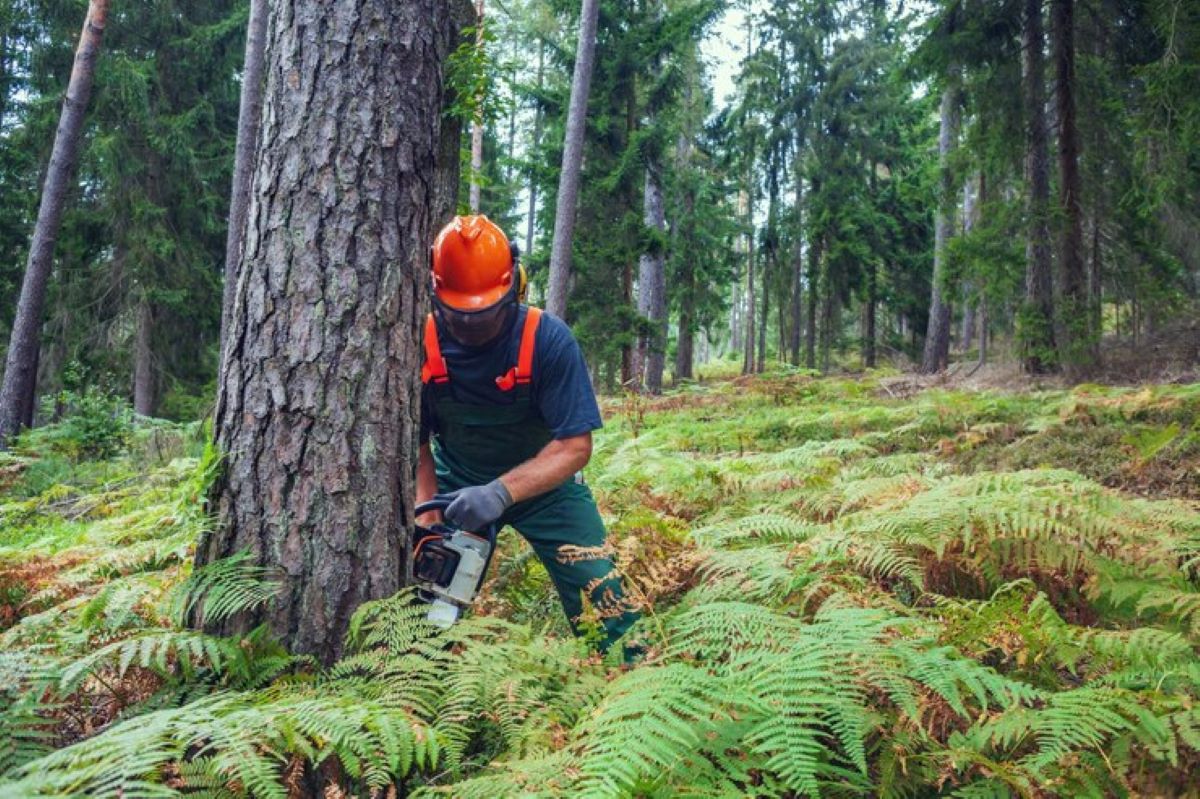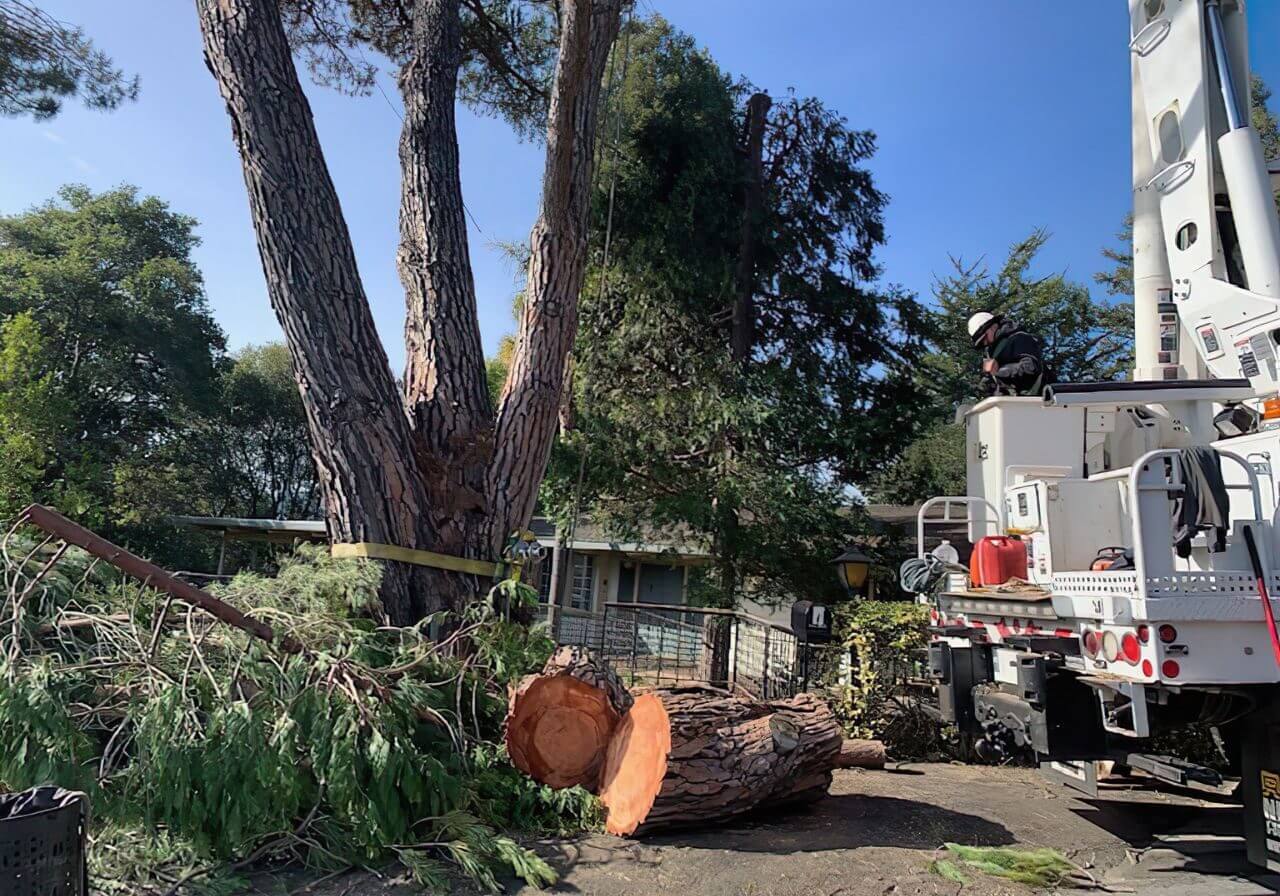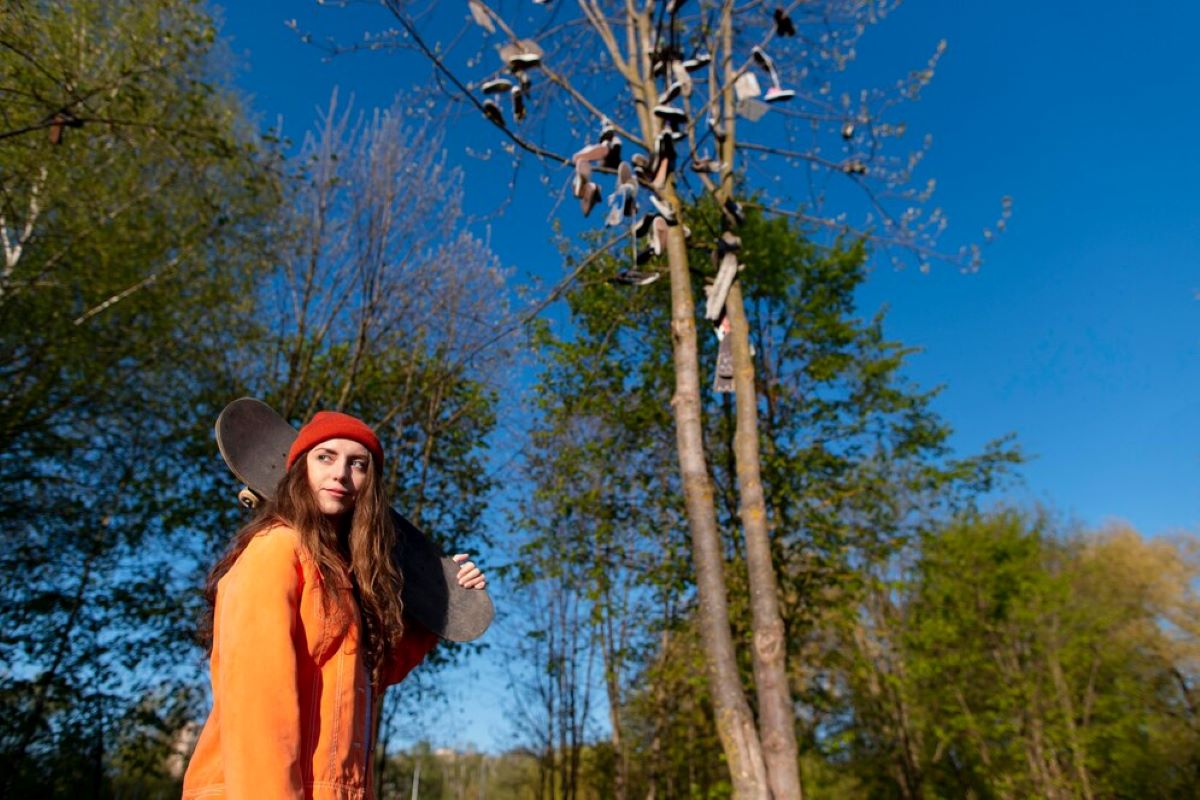Maintaining a property in Sydney often involves ensuring that the landscape is healthy and safe. Trees can enhance the beauty of a garden, provide shade, and improve air quality. However, there are circumstances where tree removal becomes necessary. Recognising the signs that indicate a tree may need to be removed is crucial for the safety of your property and its inhabitants. This article outlines common signs that suggest professional tree removal services may be required.
1. Dead or Dying Trees
Identifying Dead Trees
One of the most apparent signs that a tree may need removal is when it is dead or dying. A dead tree often has brittle branches, a lack of foliage, and a greyish or brown trunk. If the bark is peeling away or the tree is infested with pests, these are also indicators of a tree’s decline.
In many cases, a dead tree poses a significant risk. It can fall unexpectedly, causing damage to property or injury to individuals nearby. Therefore, if a tree on your property shows signs of death, it is advisable to consult a professional tree removal sydney promptly.
Dying Trees and Their Risks
Dying trees may not be as obvious as dead trees but can still pose a danger. These trees often exhibit symptoms such as wilting leaves, discolouration, or sparse foliage. Additionally, if a tree is leaning or has cracks in its trunk, it may be on the verge of collapse.
It’s essential to act quickly if you suspect a tree is dying. Professional arborists can assess the situation and determine whether removal is necessary or if the tree can be saved through treatment.
Moreover, the presence of a dying tree can have a ripple effect on the surrounding ecosystem. A tree that is in decline may attract pests, which can spread to nearby healthy trees, leading to a more extensive problem. Furthermore, the loss of a tree can disrupt the habitat for various wildlife species that rely on it for shelter and food. Therefore, understanding the implications of a dying tree extends beyond just the immediate risk it poses to your property.
In addition to the physical risks, there are also aesthetic considerations to keep in mind. A dead or dying tree can detract from the beauty of your garden or landscape, diminishing the overall appeal of your property. This can be particularly concerning if you are looking to sell your home or enhance its curb appeal. Maintaining the health of your trees not only ensures safety but also contributes positively to the visual landscape of your surroundings.
2. Structural Damage
Signs of Damage to Property
Another critical sign that tree removal may be necessary is structural damage to your property. Trees with extensive root systems can cause issues with foundations, driveways, and underground utilities. Cracks in walls, uneven floors, or lifting pavements can all indicate that a tree’s roots are encroaching on your property.
In such cases, it is essential to evaluate the extent of the damage. If the tree is the cause, removal may be the best option to prevent further structural issues. Consulting with a professional can help determine the best course of action.
Potential Hazards
Overhanging branches can also pose a hazard, especially during storms. If branches are close to power lines or your home, they can cause significant damage if they break off. Regular inspections of trees near structures can help identify potential risks before they escalate. Check out more about Tree Removal Hills District for Safer, Cleaner Yards.
3. Pest Infestation
Identifying Infested Trees
Pests can wreak havoc on trees, leading to their decline and eventual death. Common pests such as termites, beetles, and borers can compromise a tree’s health. If you notice signs of infestation, such as holes in the bark or sawdust around the base of the tree, it may be time to consider removal.
In some cases, trees can be treated for pests, but if the infestation is severe, removal is often the most effective solution. A professional arborist can assess the situation and recommend the best course of action.
Preventive Measures
Regular maintenance and inspections can help prevent pest infestations. Keeping trees healthy through proper watering, pruning, and fertilisation can make them less susceptible to pests. If you suspect a tree is infested, acting quickly can save it or prevent the spread of pests to other trees on your property.
4. Tree Leaning or Instability
Signs of Instability
A tree that is leaning significantly can be a cause for concern. Leaning trees may indicate that the root system is compromised, often due to soil erosion or damage. If a tree is leaning towards your home or another structure, it is essential to take immedia
In some cases, a leaning tree can be stabilised through cabling or bracing. However, if the lean is severe or the tree is showing other signs of decline, removal may be the safest option.
Assessing the Risk
Regular assessments of trees on your property can help identify those that may pose a risk. If you notice a tree beginning to lean, it is advisable to consult a professional who can evaluate the situation and recommend the best course of action.
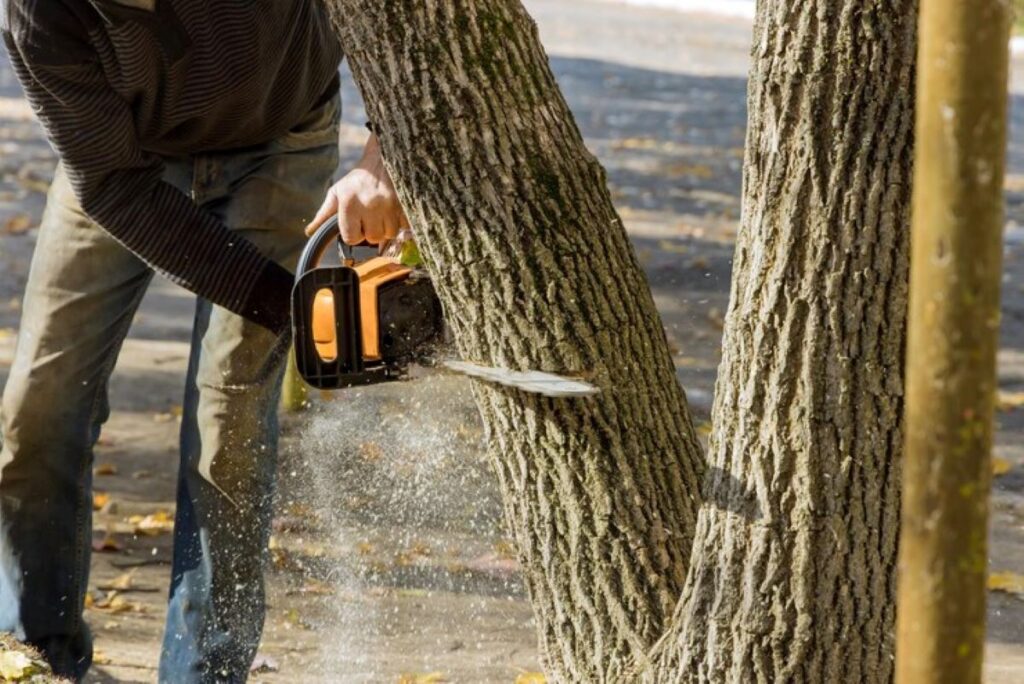
5. Overcrowding
Understanding Tree Crowding
In some cases, trees may become overcrowded, competing for sunlight, water, and nutrients. This competition can lead to stunted growth and increased susceptibility to disease. If trees on your property are overcrowded, it may be beneficial to remove one or more to allow the remaining trees to thrive.
Overcrowding can also lead to structural issues, as trees may grow too close together and create a risk of falling branches. A professional arborist can assess the situation and recommend which trees should be removed to promote the health of the remaining ones.
Improving Aesthetics
Tree removal can also enhance the overall aesthetics of your property. By selectively removing trees that are too close together or obstructing views, you can create a more visually appealing landscape. This not only improves the look of your property but can also increase its value.
6. Disease and Decay
Identifying Tree Diseases
Trees can suffer from various diseases that can compromise their health and stability. Common signs of disease include discoloured leaves, wilting, and unusual growths on the trunk or branches. If a tree is diseased, it may not be salvageable, and removal may be necessary to prevent the spread of disease to other trees.
Regular inspections can help catch diseases early. If you suspect a tree is diseased, it is crucial to consult with a professional who can diagnose the issue and recommend the best course of action.
Decay and Structural Integrity
Decay can significantly weaken a tree’s structural integrity. Signs of decay include soft or spongy wood, hollow sections, and fungal growth. If a tree is decaying, it poses a safety risk and should be removed as soon as possible.
7. Proximity to Structures
Assessing Tree Location
Trees that are too close to buildings, fences, or power lines can create various problems. Over time, branches may grow too close to structures, leading to potential damage. Additionally, roots can invade foundations, causing structural issues.
If trees are located too close to your home or other structures, it may be wise to consider removal. This proactive approach can prevent future damage and ensure the safety of your property.
Consulting Professionals
When assessing the proximity of trees to structures, it is essential to consult with professionals. They can provide valuable insights into whether a tree poses a risk and recommend the best course of action. In some cases, pruning may be sufficient, while in others, removal may be necessary.
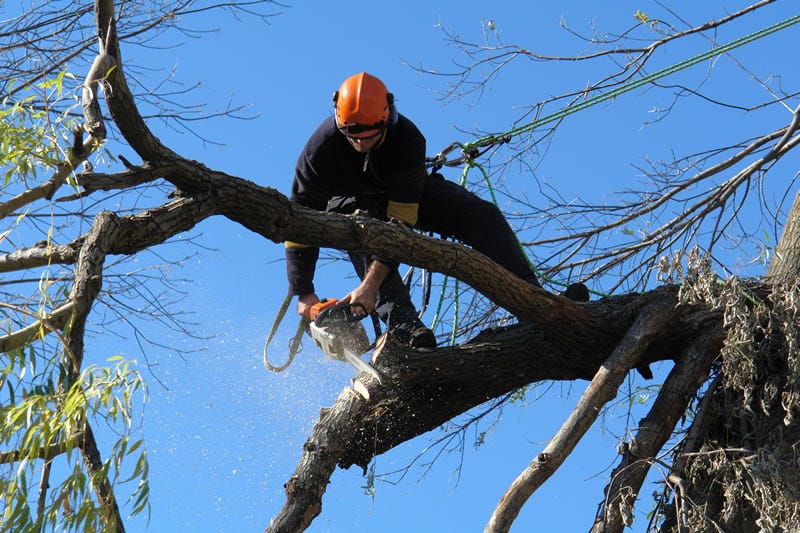
Conclusion
Recognising the signs that indicate a tree may need removal is essential for maintaining a safe and healthy property. From dead or dying trees to structural damage and pest infestations, each sign requires careful consideration. If you notice any of these indicators on your property, it is advisable to consult with a professional tree removal service in Sydney.
Taking proactive measures can prevent potential hazards, enhance the aesthetics of your landscape, and contribute to the overall health of your property. Regular inspections and maintenance can help identify issues early, ensuring that your trees remain a valuable asset for years to come.
In the vibrant environment of Sydney, trees play a vital role in the ecosystem. However, when they become a liability, timely removal is essential. By staying vigilant and informed, property owners can ensure that their outdoor spaces remain safe, beautiful, and thriving.

